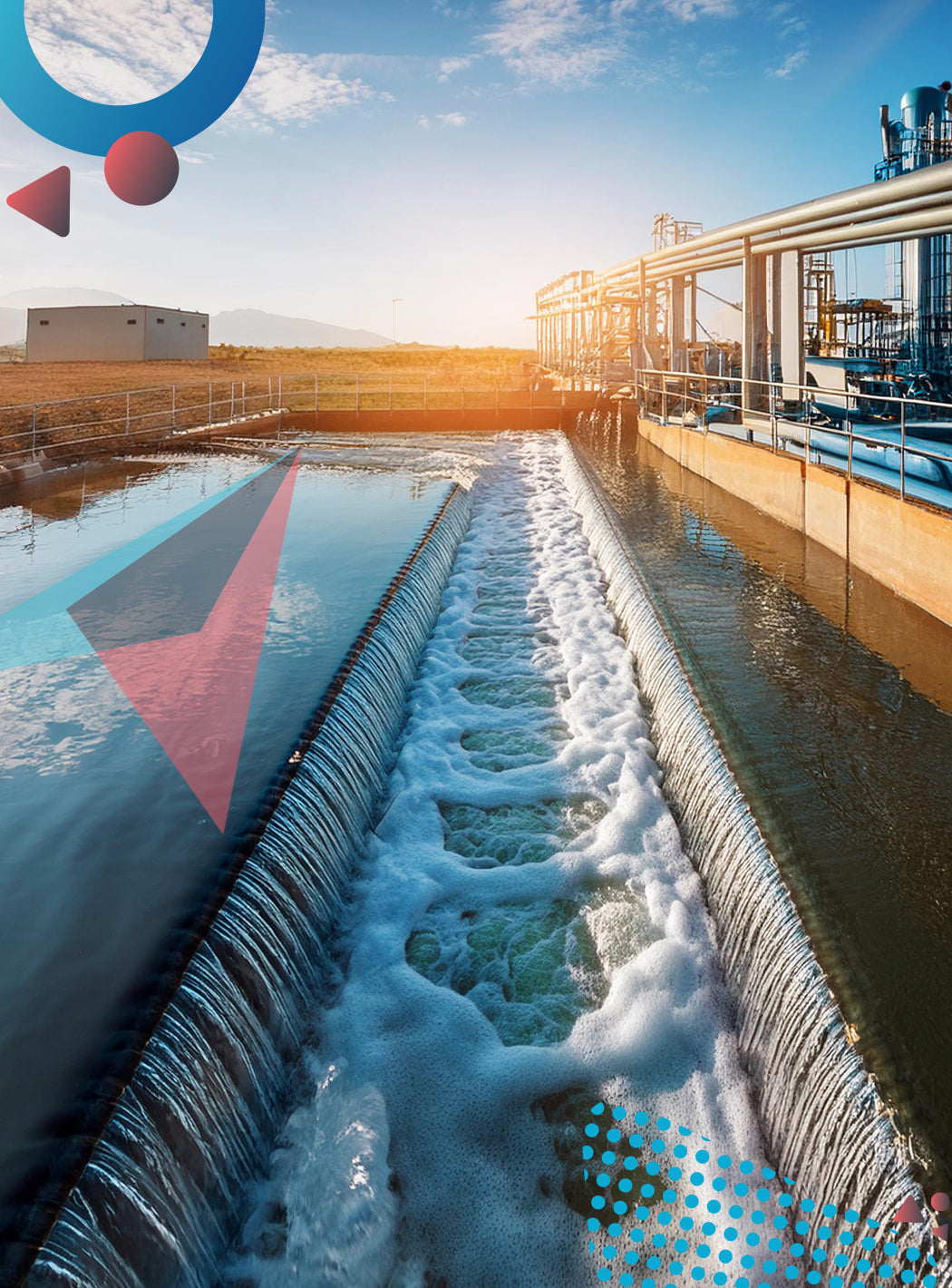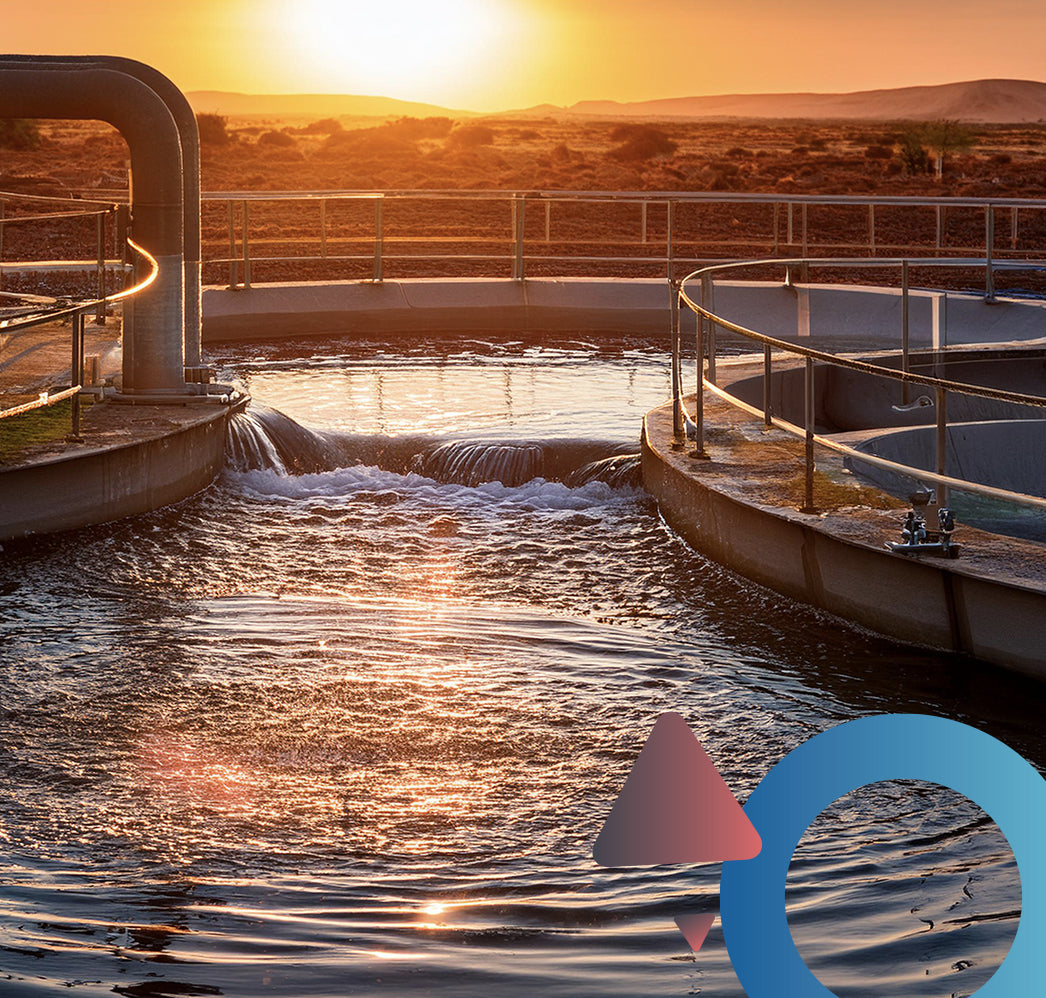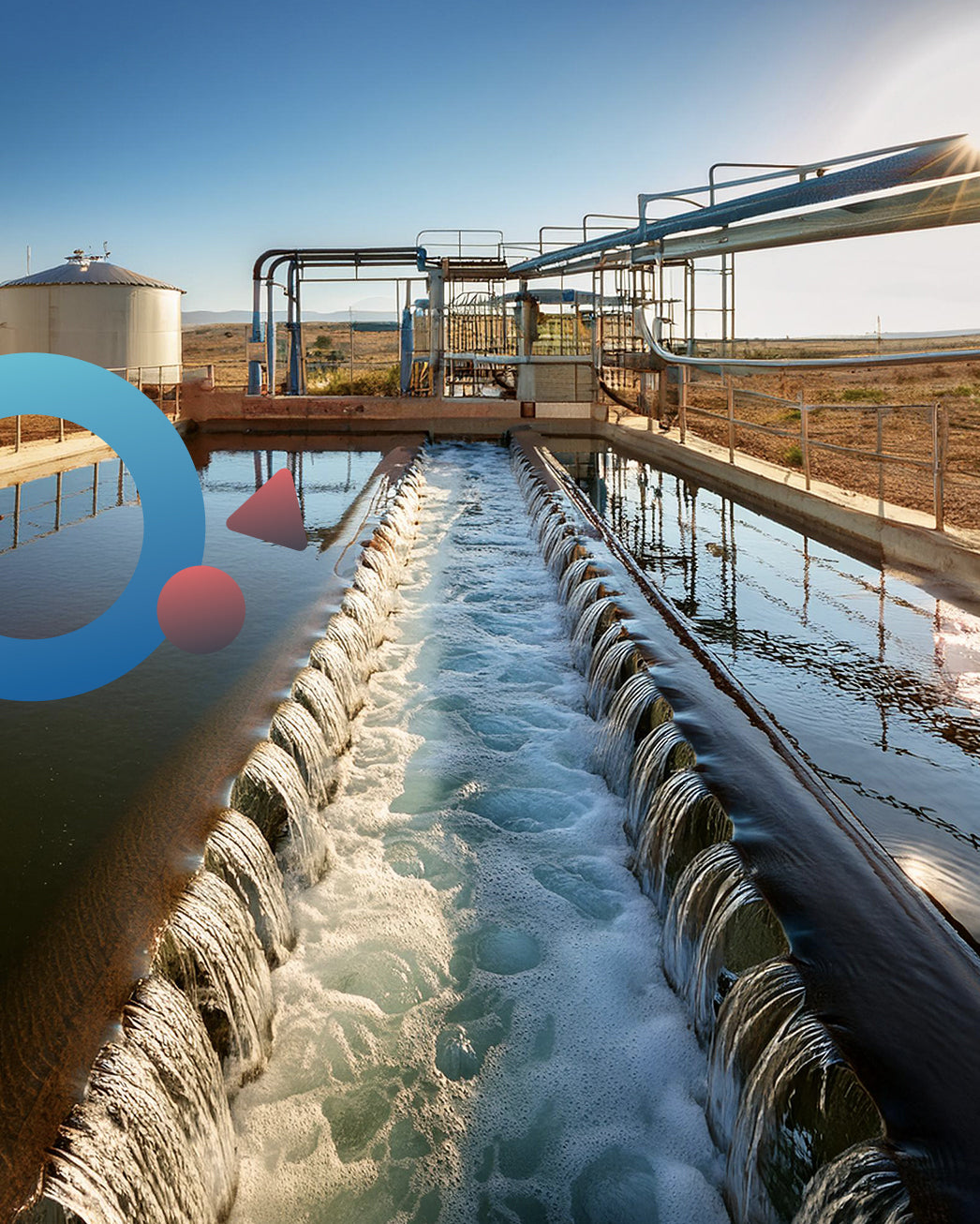Waste Water Treatment Plants
Where innovation and sustainability drive our mission to protect and preserve our water resources

Solution Overview
Our state-of-the-art wastewater treatment plants are designed to efficiently treat and purify wastewater from municipal, industrial, and commercial sources, ensuring compliance with stringent environmental regulations. By employing advanced technologies and processes, we effectively remove contaminants, reduce pollutants, and recover valuable resources, transforming wastewater into clean water suitable for reuse or safe discharge. With a commitment to operational excellence and environmental stewardship, we provide tailored solutions that meet the unique needs of each client, promoting a cleaner, healthier, and more sustainable future. Discover how our wastewater treatment plants can enhance your water management practices and support your environmental goals.
What Does this Plant Consist of?

Screening and Pre-Treatment
Bar screens or mechanical screens remove large debris, such as sticks, rags, plastics, and other solids, from the wastewater. Pre-treatment may also involve grit chambers to remove sand, grit, and other heavy solids.
Primary Treatment
Primary clarifiers or sedimentation tanks allow suspended solids and organic matter to settle out of the wastewater by gravity. This process reduces the solids content and organic load of the wastewater, producing primary effluent.
Secondary Treatment
Biological treatment processes, such as activated sludge, trickling filters, or sequencing batch reactors (SBRs), remove dissolved and suspended organic matter from the wastewater. Microorganisms break down organic pollutants into carbon dioxide, water, and biomass through aerobic or anaerobic digestion.
Tertiary Treatment (Optional)
Tertiary treatment processes further polish the treated wastewater to remove remaining contaminants, such as nutrients (nitrogen and phosphorus), pathogens, trace metals, and dissolved organic compounds. Methods may include filtration, membrane separation (e.g., reverse osmosis), and advanced oxidation processes (e.g., UV disinfection, ozonation).
Disinfection
Disinfection is essential to kill or inactivate pathogens (e.g., bacteria, viruses, parasites) in the treated wastewater before discharge or reuse. Common disinfection methods include chlorination, ultraviolet (UV) irradiation, ozone treatment, and chlorine dioxide.
Sludge Handling and Management
Sludge generated during the treatment process, including primary sludge and secondary sludge, undergoes thickening, dewatering, and stabilization to reduce volume and moisture content. Sludge treatment methods may include digestion (anaerobic or aerobic), dewatering (e.g., centrifugation, belt filter press), and thermal drying.
Effluent Discharge or Reuse
Treated wastewater effluent is discharged into receiving water bodies (e.g., rivers, lakes, oceans) or reused for beneficial purposes, such as irrigation, industrial processes, groundwater recharge, or non-potable applications (e.g., toilet flushing, landscaping).
Monitoring and Control Systems
Instrumentation, sensors, meters, and control systems monitor and control various parameters, such as flow rates, pH levels, dissolved oxygen, turbidity, and chemical dosing, to ensure optimal performance and compliance with regulatory standards.
Odor Control and Air Treatment (Optional)
Odor control systems, such as biofilters, activated carbon adsorption, or chemical scrubbers, may be employed to mitigate odors and emissions associated with wastewater treatment processes.
Safety and Security Measures
Safety protocols, emergency response plans, protective equipment, and security measures are implemented to ensure the health and safety of plant personnel and the surrounding community.
Items needed to build the plant?

Concrete
Concrete is widely used for constructing tanks, basins, clarifiers, and structural components of the treatment plant due to its durability, strength, and resistance to chemical corrosion.
Steel
Structural steel is used for framing, supports, platforms, walkways, and equipment mounting structures within the treatment plant. Stainless steel or coated steel may be used for piping, tanks, and equipment in corrosive environments.
Piping Materials
Various materials are used for piping systems within the treatment plant, including:
Ductile iron: used for large diameter pipes and pressure mains.
PVC (polyvinyl chloride) or HDPE (high-density polyethylene): used for non-pressure pipes, gravity sewers, and low-pressure applications.
Stainless steel or fiberglass-reinforced plastic (FRP): used for corrosive or high-pressure applications.
Reinforcing Steel (Rebar)
Reinforcing steel bars are used to reinforce concrete structures, such as tanks, basins, and clarifiers, to enhance their strength and resistance to cracking and structural failure.
Pipe Fittings and Valves
Pipe fittings, such as elbows, tees, reducers, and couplings, are used to connect piping systems and facilitate flow control and direction. Valves, including gate valves, butterfly valves, check valves, and control valves, regulate flow rates, isolate sections of piping, and control process parameters.
Chemical Storage Tanks:
Tanks made of polyethylene, fiberglass, or stainless steel are used to store chemicals used in the treatment process, such as coagulants, flocculants, disinfectants, and pH adjustment chemicals.
Membranes and Filter Media
Membrane materials, such as polyamide, polysulfone, or ceramic, are used in membrane filtration systems for tertiary treatment. Filter media, such as sand, anthracite, or activated carbon, are used in filtration units to remove suspended solids and contaminants from the wastewater.
Insulation and Linings
Thermal insulation materials, such as foam board, fiberglass, or mineral wool, are used to insulate tanks, pipes, and equipment to maintain temperature control and energy efficiency. Linings, coatings, and sealants protect concrete and metal surfaces from corrosion and chemical attack.
Safety Equipment and Signage
Safety equipment, including handrails, guardrails, safety ladders, safety gates, and personal protective equipment (PPE), ensure the safety of workers and visitors within the treatment plant. Safety signage, warning labels, and emergency response equipment enhance safety awareness and emergency preparedness.
